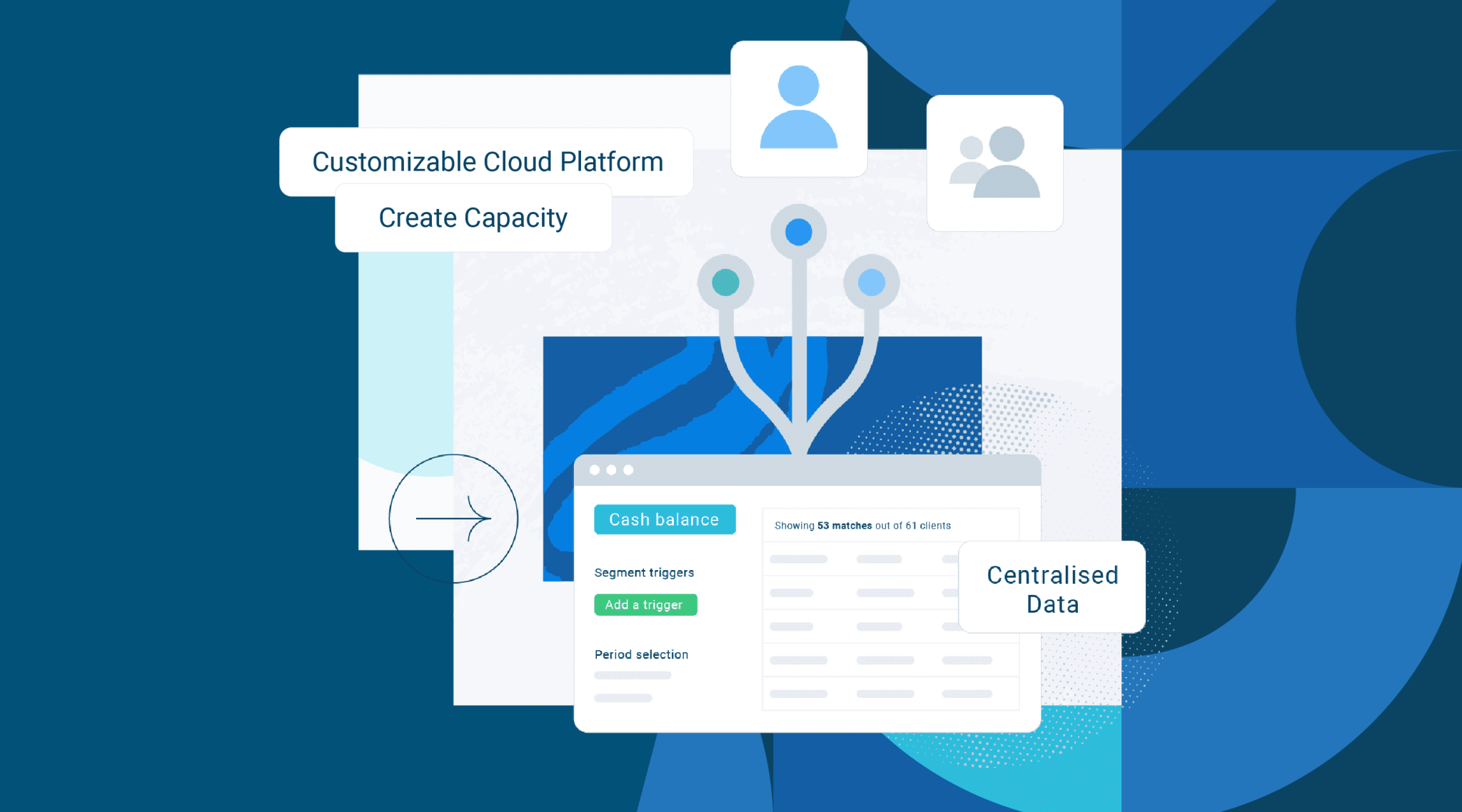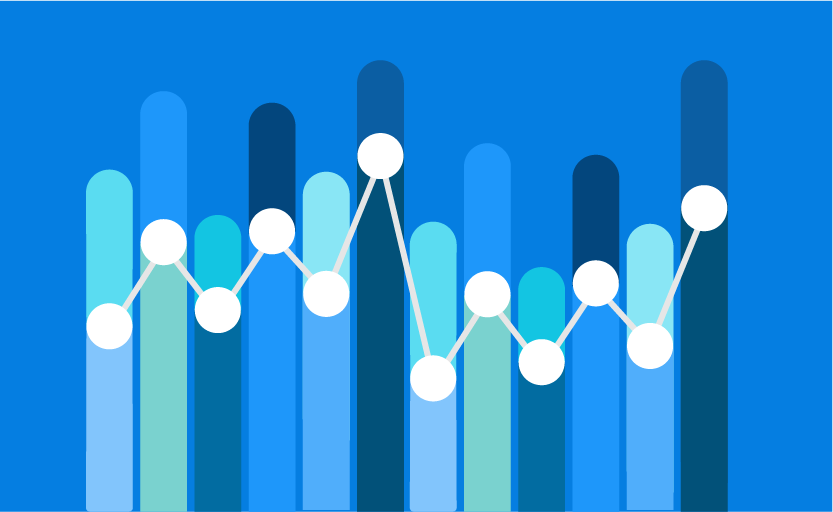As Geoffrey Moore, consultant and author of Crossing the Chasm, once said: “Without big data analytics, companies are blind and deaf and wandering out onto the web like deer on a freeway.” Today data is big business. 2019 figures from Statista put annual revenue from the global big data market at over $49 billion projected to hit $70 billion by 2022.
During a recent ICAEW video discussion about data analytics, Anthony Sayce, Associate Partner of EY, talked about a store in Silicon Valley called B8ta, which takes data collection to a new level. From the second a customer comes into the store their every move is tracked. This information is fed back to the marketing team who capture and use it to get the best possible insight into each and every customer.
B8ta is quite a step up from the world of store loyalty cards and is an excellent example of the potential of Big Data – as well as an indication of the huge volume of data each of us generate as we go about our daily lives.
Accountancy firms are no exception – data is the key to their future as well. Applying analytics to big data creates many opportunities for businesses to gain greater insight, predict future outcomes and automate tasks. For the accountancy profession it gives a golden opportunity to deliver greater value through analysis and insight that helps client businesses transform the way they work and achieve greater success. Data (and reporting and analytics) is the key to enabling accountants to expand their offering from compliance and reporting to high-value advisory services.
What’s driving all this data creation?
Essentially, the vast capacity and relatively low cost of computer power and storage these days has made it feasible, and affordable, to collect and process data from a myriad of sources. If it can be collected that is.
Today businesses of all sizes regularly use sophisticated systems and apps to manage their finances, HR, supply chain, customer relationships and ecommerce. These all create critical data needed in accounting.
That’s before we even start to consider the huge volumes of data social media platforms have on their users. Mobile technology and wearable devices generate location data and analytics tools like Google collect and aggregate information about online behaviour and buying habits of online customers.
The Internet of Things has also made it possible to generate massive amounts of data on how other appliances at home or work are used.
There is also a great deal of open or public data of use to clients in their business planning and forecasting. This is usually generated from the public sector about things like market and currency performance, government finance, transport data and public service information.
Businesses are also generating structured and unstructured data from within their own organisations by using digital technology in a wide range of business functions from sales and marketing, internal comms and supply chain activity.
Bottom line – there is a lot of data that could be helpful to accountants and their clients.
Making sense of all this data
It’s one thing to have access to endless data; it’s another to be able to use it effectively and get value from it. To excel in their role as advisor, accountants now need to make sense of it, and create insights from the data that improve the performance of their clients.
A good data strategy identifies relevant data sources, links them together and builds a consolidated view to power insight. Armed with this data-driven insight accountants can help their clients improve their performance and inform their own future strategy.
For accountants, this data and analysis can help improve forecasting and can link financial and non-financial data which in turn can give them vital information about cost drivers and operational processes. It’s this type of information that can help them identify pain points, opportunities and move further into the advisory field as they help clients with every element of their operations.
With big data, and powerful analytics tools, accountants can predict the future. Seeing the future is the most valuable kind of advice. These technologies enable them to identify and plan for future outcomes indicated by trends in the data. Then turn those trends into actionable advice in good time to make the maximum positive impact on their clients’ businesses.
In the ICAEW’s publication Big data and analytics it explains the impact on the accountancy profession: “Exploiting big data requires greater knowledge in the theory and practice of statistics than many accountants currently have. While the degree of knowledge will vary, accountants will need at least enough statistical knowledge to be an ‘intelligent buyer’ and ask good questions of suppliers or other parts of the business.”
The paper also highlights the skills that accountants are developing to exploit the advisory opportunities big data presents working in partnership with data scientists. These include:
• Understanding the opportunities and limitations of what can be achieved through data and how data science can add value.
• Understanding and defining the business problems data can help to solve.
• Interpreting the outputs produced by data analytics. This includes understanding data provenance, modelling assumptions, inherent biases in the analysis and, perhaps most importantly, what decisions can justifiably be made based on the analysis.
• Presenting and communicating the results to the business, including the use of visualisation.
• Awareness of the data landscape, different data types, what data might be useful and where and how it can be obtained.
Accountants need to supplement their existing skills in order to make the most of data and data analytics. It’s not just about technology the skills matter too. If accountants are to be valuable business advisers, powered by data – they also need the soft skills to communicate to the client what the data is saying and convince them to take the recommended actions.
Learn more about the benefits access to real-time, standardised data brings your firm – and how to achieve it – in our Fullsight eGuide.






